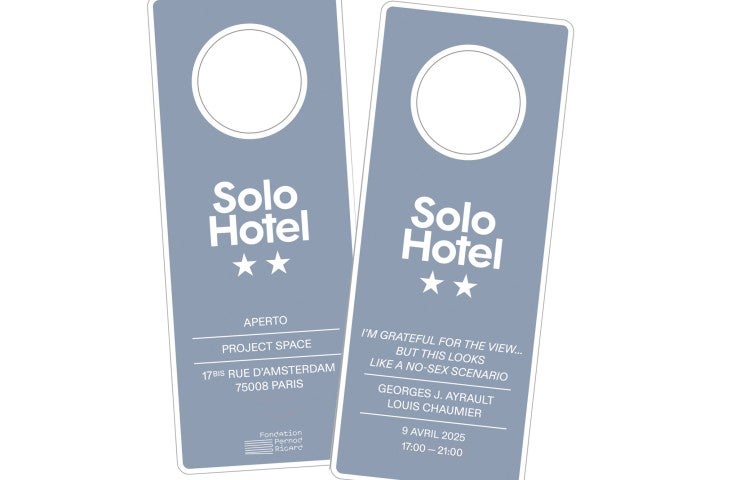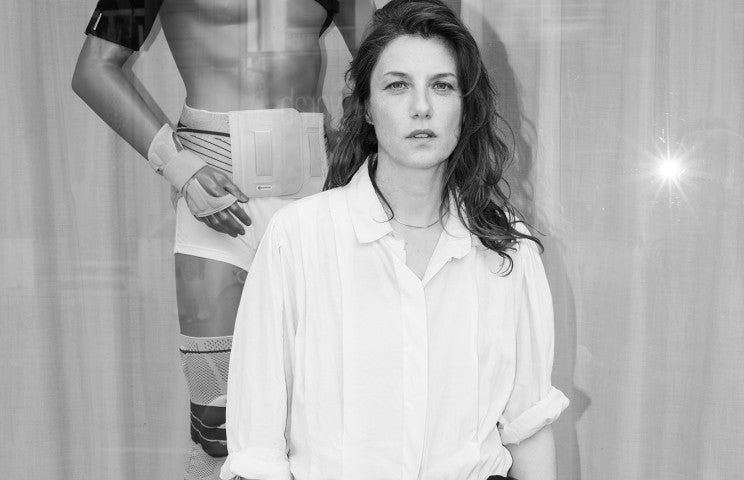What witnesses have seen
Patrick Javault is welcoming Isabelle Cornaro.
Whether drawing inspiration from a Poussin painting or the photograph of an African landscape, or building a visual sequence from an abstract storyboard, Isabelle Cornaro makes a point of resorting to multiple artistic languages, making good use of contradiction, leaving the observer to think that everything is in order. While her work primarily relies on logics of analysis and translation as well as putting elements into perspective, these logics are often interfered with: obsessions, hare-brained ideas, fetishes, memories. Reducing the different planes of a landscape to vertical or horizontal lines, choosing the craft knife over the pencil to draw lines already show an original approach to drawing; but slipping thin locks of hair in these incisions to represent vegetation not only amounts to associating two classical modes of representation to make the image disappear, it also entails a slippage from the systematic to the neurotic.
It only takes a shift from a system of references (concept, form) to another (narratives, feelings) for an elegant and harmonious composition to start vacillating, as though a confession slipped through the crack between two descriptions, two neat pictures. Is it possible to link up shots of a character in an outdoor setting without this play with language pointing to a plot? ‘Plot’ may well be the key word for these drawings and installations. Knowing Isabelle Cornaro’s lack of taste for the objects, trinkets, and jewelry she grabs hold of in her works and the pure fortuity of any resemblance to any person living or dead, one cannot but admit that their sentimental value is general and even abstract. While the method and the ordering point to a form of objectivity akin to Claude Simon’s, the choice of old-fashioned objects and the motifs they convey would tend to evoke a Jamesian universe.
On the occasion of her exhibition at the Collège des Bernardins, which emphasizes the minimalism of her art, we will have a chance to indulge in the game of interpretations with art historian and critic Vivian Rehberg, knowing that, faced with this kind of minimalism, what you see is not everything you see.







